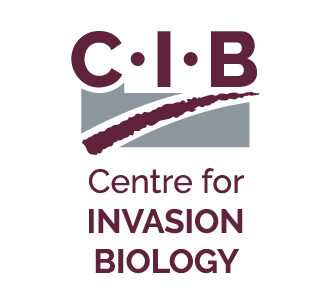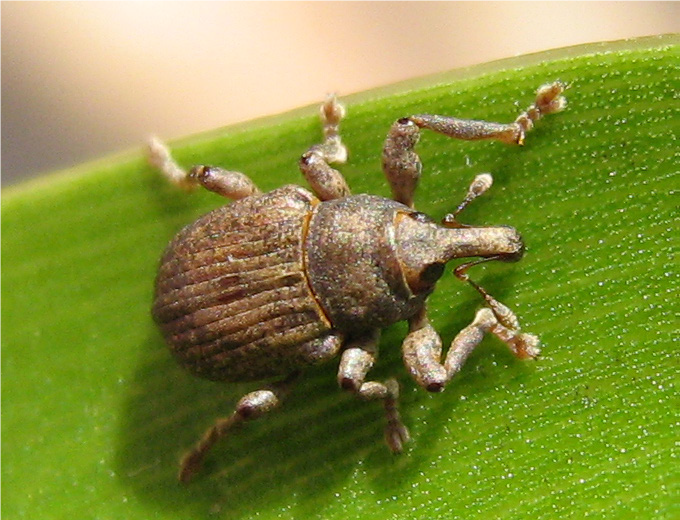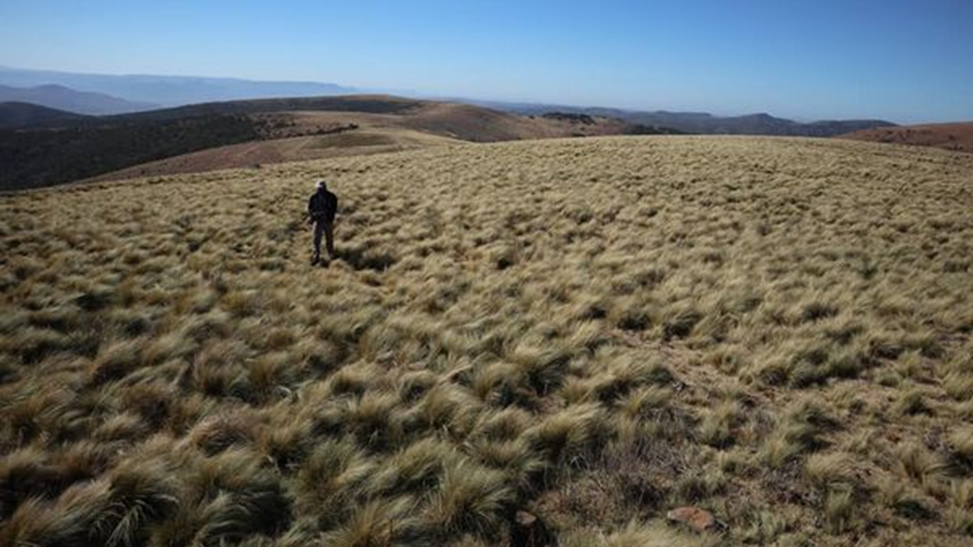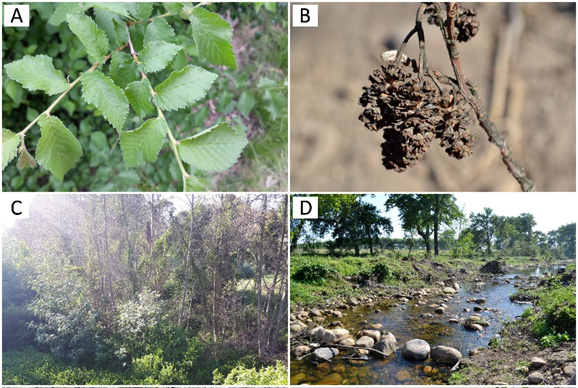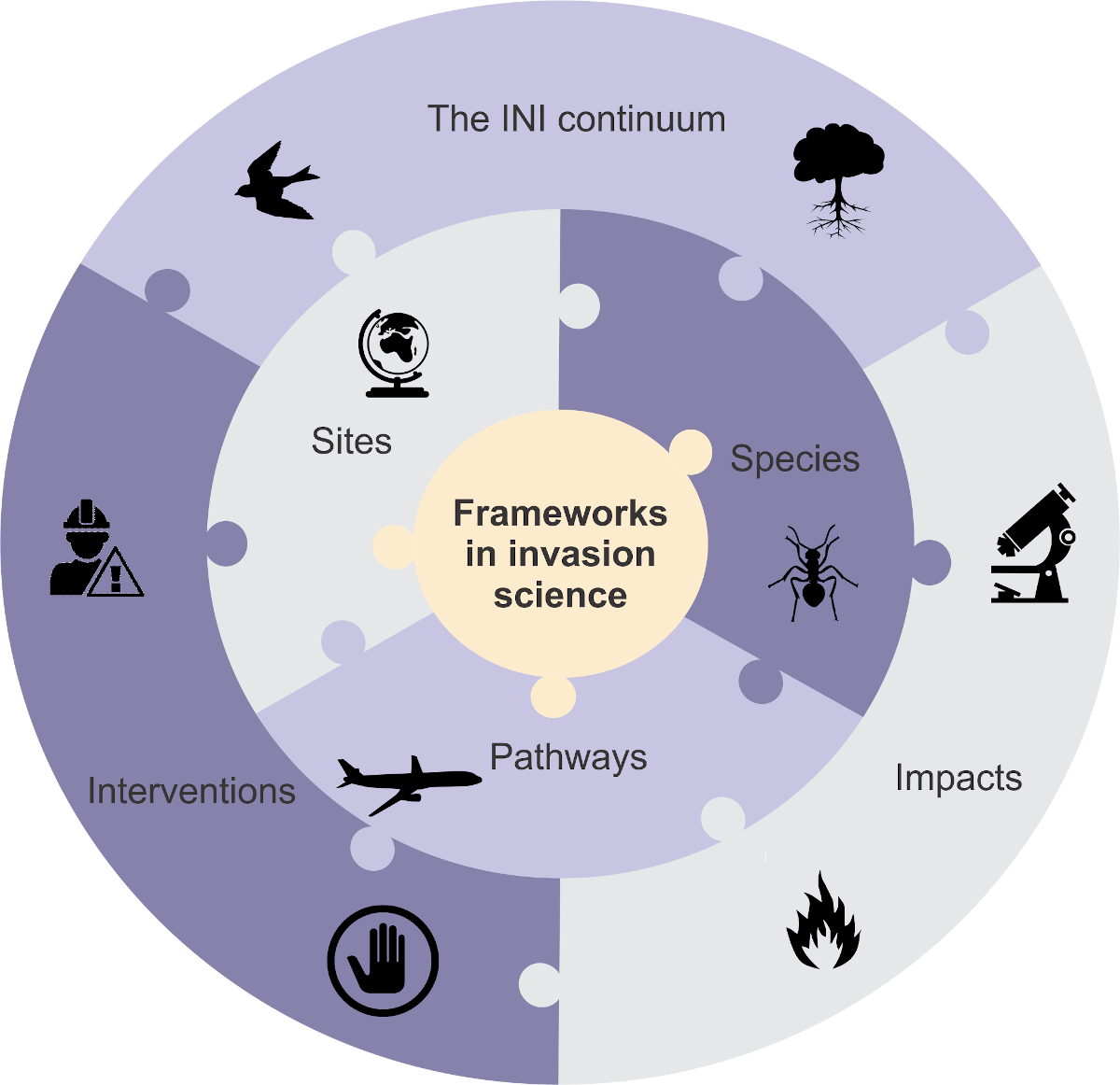Naturalised alien plants in Kruger’s perennial and seasonal rivers and upland savanna
An intensive biodiversity assessment in the Kruger National Park, South Africa, recorded 20 naturalised alien plant species, of which only four had previously been recognized as invasive, and one species represented a new introduction for the park.
